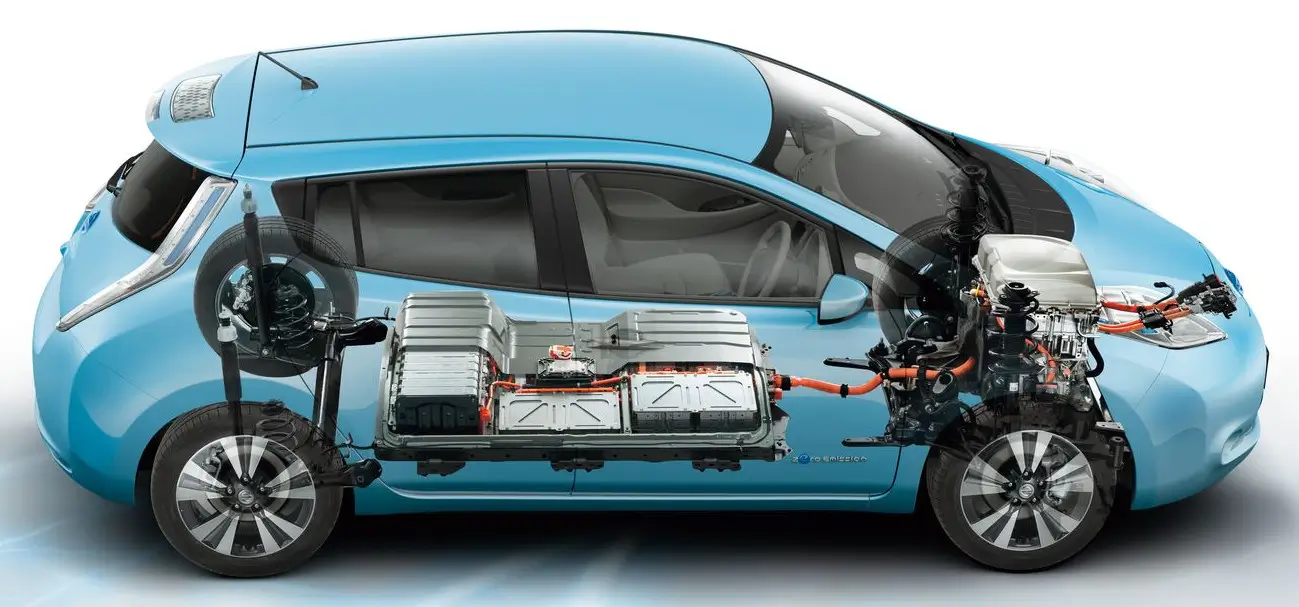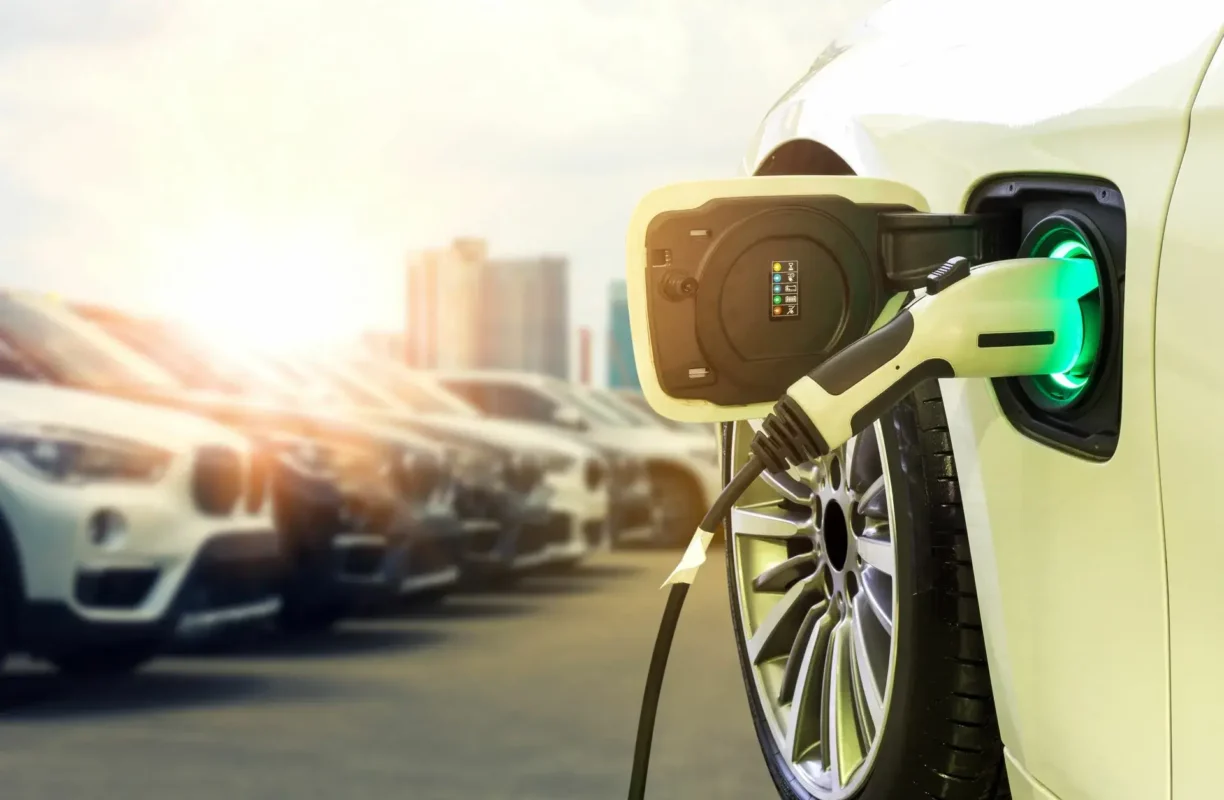Electric vehicles (EVs) have come a long way, and 2024 promises even more groundbreaking innovations. What can we expect next? Let’s dive into the future of EVs and explore the exciting developments that will shape the automotive industry.
Introduction
Electric vehicles are no longer a thing of the future; they are here and rapidly evolving. In 2024, the landscape of EVs is set to change dramatically with new technologies and innovations that will make them more efficient, sustainable, and accessible. From advanced batteries to AI-driven systems, the future of electric vehicles is brighter than ever. So, what’s next in the world of EVs? Let’s find out.
The Rise of Solid-State Batteries
What Are Solid-State Batteries?
Solid-state batteries are the next big thing in the EV industry. Unlike traditional lithium-ion batteries, solid-state batteries use a solid electrolyte instead of a liquid one. This change significantly enhances battery performance and safety.
Benefits of Solid-State Batteries
Solid-state batteries offer higher energy density, meaning they can store more energy and provide a longer driving range. They also charge faster and are less prone to overheating, making them safer and more efficient. Major companies like Toyota and QuantumScape are leading the charge in developing these advanced batteries.
Advancements in Battery Recycling
Why Is Battery Recycling Important?
With the rise in EV adoption, the demand for sustainable battery disposal methods has increased. Recycling batteries helps recover valuable materials and reduces environmental impact.
New Recycling Techniques
Innovative methods like hydrometallurgical and direct recycling are making battery recycling more efficient. Companies like Redwood Materials are at the forefront, developing technologies to recycle batteries and recover precious metals like lithium, cobalt, and nickel.

Enhanced Charging Infrastructure
Current State of Charging Infrastructure
The availability of charging stations is crucial for the widespread adoption of EVs. While significant progress has been made, there is still a need for more efficient and widespread charging solutions.
Developments in Fast-Charging Stations
Fast-charging stations are becoming more common, with companies like Tesla, Electrify America, and Ionity leading the way. These stations can charge an EV in minutes, making long-distance travel more feasible and convenient.
Wireless Charging Technology
Imagine charging your EV without plugging in. Wireless charging technology, using inductive charging systems, promises just that. It offers greater convenience and could transform both public and home charging infrastructure.
Autonomous Driving Technologies
Levels of Autonomy in EVs
Autonomous driving technology is advancing rapidly. From basic driver assistance to full self-driving capabilities, the levels of autonomy are increasing.
Latest Advancements
Significant progress in sensor technology, AI, and machine learning has made autonomous driving more reliable and safe. Companies like Waymo, Tesla, and General Motors are pioneering these advancements.
Key Companies and Models
Tesla’s Autopilot, Waymo’s self-driving cars, and GM’s Cruise are notable examples of autonomous driving technology in action. These systems are continuously improving, promising a future where cars drive themselves safely and efficiently.

Integration of Artificial Intelligence
Role of AI in EVs
AI is becoming integral to modern EVs. It enhances autonomous driving, optimizes energy usage, and provides a better user experience.
AI for Predictive Maintenance
AI-driven systems can predict and address maintenance issues before they become serious, reducing downtime and costs. This technology ensures your EV stays in top condition.
AI for Enhanced User Experience
AI personal assistants in EVs learn your preferences, suggest routes, and control in-car environments. They make driving more intuitive and enjoyable.
Lightweight Materials and Aerodynamics
Importance of Lightweight Materials
Using lightweight materials is crucial for improving EV efficiency. Lighter vehicles require less energy to move, extending their driving range.
Innovations in Material Science
Materials like carbon fiber, aluminum, and advanced composites are being used more in EV construction. They offer high strength-to-weight ratios, making vehicles lighter without compromising safety.
Aerodynamic Designs
Sleek, aerodynamic designs reduce drag and improve energy efficiency. EV manufacturers are focusing on these designs to maximize performance and range.
Solar-Powered Electric Vehicles
Concept of Solar-Powered EVs
Solar-powered EVs use solar panels to generate energy, extending their driving range and reducing dependence on external charging sources.
Current Models and Prototypes
Companies like Lightyear and Aptera are developing solar-powered EVs. These vehicles feature integrated solar panels that generate significant energy, making them more sustainable.
Future Prospects and Challenges
While promising, solar-powered EVs face challenges such as efficiency, cost, and scalability. Continued innovation and investment are needed to overcome these hurdles.
EV Innovations in Energy Efficiency
Energy-Efficient Driving Technologies
Technologies like regenerative braking and advanced battery management systems are improving EV energy efficiency.
Regenerative Braking Advancements
Regenerative braking systems capture energy during braking and store it for later use, enhancing efficiency.
Smart Energy Management Systems
These systems optimize energy use within the vehicle, ensuring all components operate at peak efficiency. This helps maximize driving range and reduce energy consumption.
Expansion of EV Market in Emerging Economies
Growth of EVs in Emerging Markets
Emerging economies are seeing a surge in EV adoption due to environmental and economic benefits.
Challenges and Opportunities
While challenges like infrastructure development and affordability exist, the potential for growth is immense. Government incentives and investments in charging infrastructure are key drivers.
Notable Initiatives and Government Policies
Governments in emerging markets are implementing policies to encourage EV adoption. Subsidies, tax incentives, and investments in public charging infrastructure are some measures being taken.
Impact of 5G on Electric Vehicles
Role of 5G in EV Connectivity
5G technology promises to revolutionize EV connectivity with faster data transfer speeds and lower latency.
Enhanced Vehicle-to-Everything (V2X) Communication
5G enables real-time communication between vehicles and infrastructure, enhancing safety and efficiency.
Benefits for Autonomous and Connected Vehicles
5G will support autonomous driving and connected vehicle technologies, making them more reliable and efficient.
Sustainable Manufacturing Practices
Eco-Friendly Manufacturing Techniques
Sustainable manufacturing practices are essential for reducing the environmental impact of EV production.
Use of Renewable Energy
Many manufacturers are using renewable energy sources to power their production facilities, reducing their carbon footprint.
Companies Leading in Sustainable Manufacturing
Companies like Tesla and BMW are leading the way with sustainable manufacturing practices, setting an example for the industry.
Consumer Trends and Preferences
Shifts in Consumer Behavior
Consumers are increasingly interested in EVs due to their environmental benefits and lower operating costs.
Factors Influencing EV Purchase Decisions
Factors like range, charging infrastructure, and price play a significant role in EV purchase decisions.
Popular EV Models
Models like the Tesla Model 3, Nissan Leaf, and Chevrolet Bolt are popular among consumers due to their performance and affordability.
Government Policies and Incentives
Key Policies Promoting EV Adoption
Governments worldwide are implementing policies to promote EV adoption, including subsidies, tax incentives, and stricter emissions regulations.
Incentives for Consumers and Manufacturers
Incentives like tax breaks, rebates, and grants are available for both consumers and manufacturers to encourage EV adoption.
Future Policy Directions
Future policies are likely to focus on further reducing emissions and increasing the availability of charging infrastructure.
Conclusion
Electric vehicles are set to revolutionize the automotive industry with innovations in battery technology, AI integration, and sustainable manufacturing. As we move into 2024, these advancements promise to make EVs more efficient, affordable, and accessible. The future of transportation is electric, and it’s an exciting journey ahead.
FAQs
1. What are the key benefits of solid-state batteries?
Solid-state batteries offer higher energy density, faster charging times, and improved safety compared to traditional lithium-ion batteries.
2. How does AI improve the performance of electric vehicles?
AI enhances autonomous driving capabilities, optimizes energy usage, and provides predictive maintenance, making EVs more efficient and reliable.
3. What advancements are being made in EV charging infrastructure?
Developments include fast-charging stations, wireless charging technology, and an expansion of charging networks to make EV charging more convenient.
4. How are solar-powered electric vehicles different from regular EVs?
Solar-powered EVs use integrated solar panels to generate energy, reducing dependence on external charging sources and extending their driving range.
5. What impact will 5G technology have on electric vehicles?
5G will enhance EV connectivity, support autonomous driving, and improve real-time communication between vehicles and infrastructure, increasing safety and efficiency.
